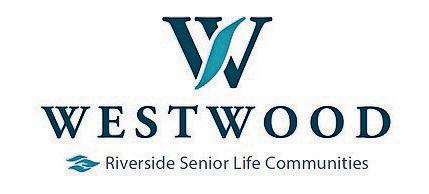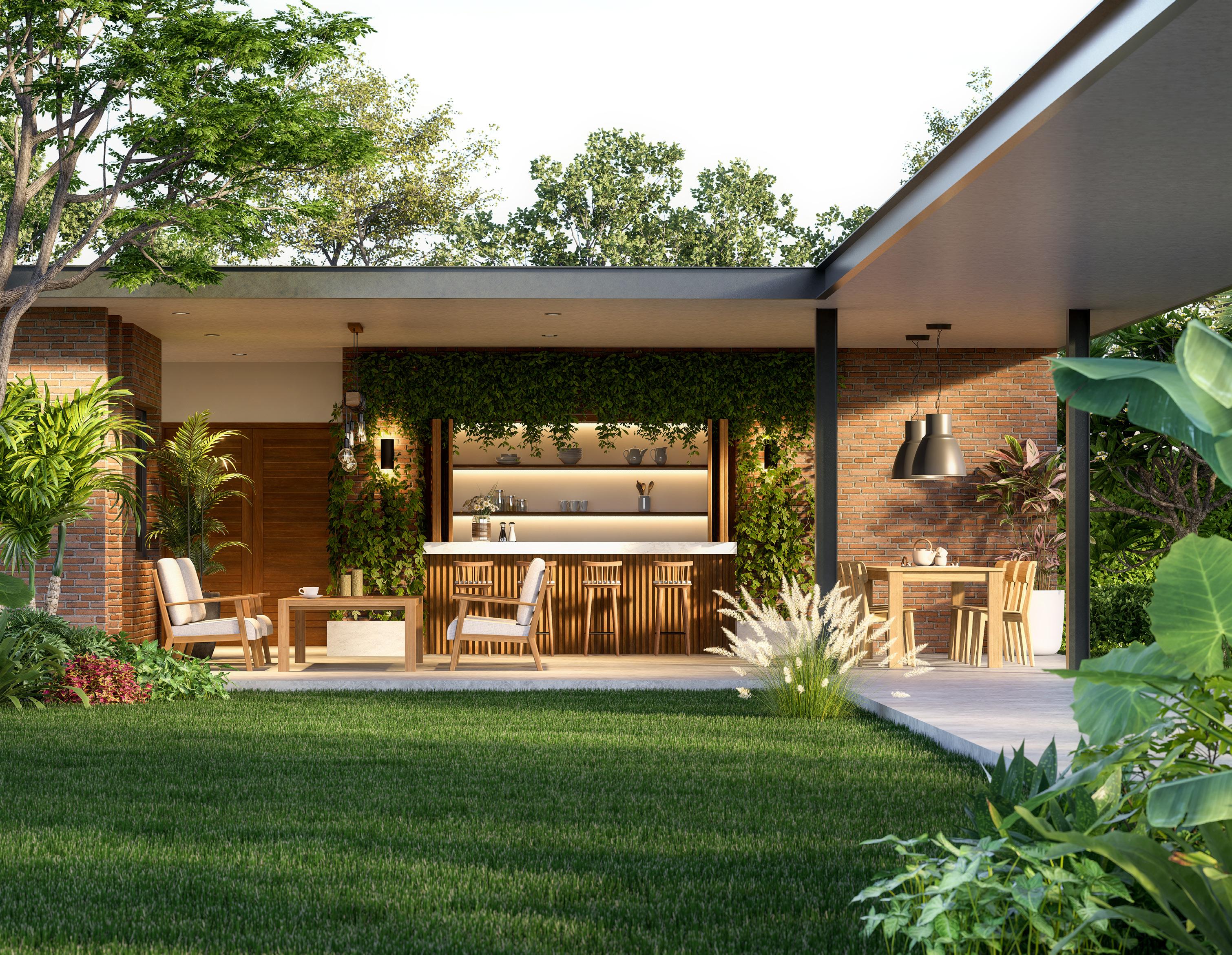
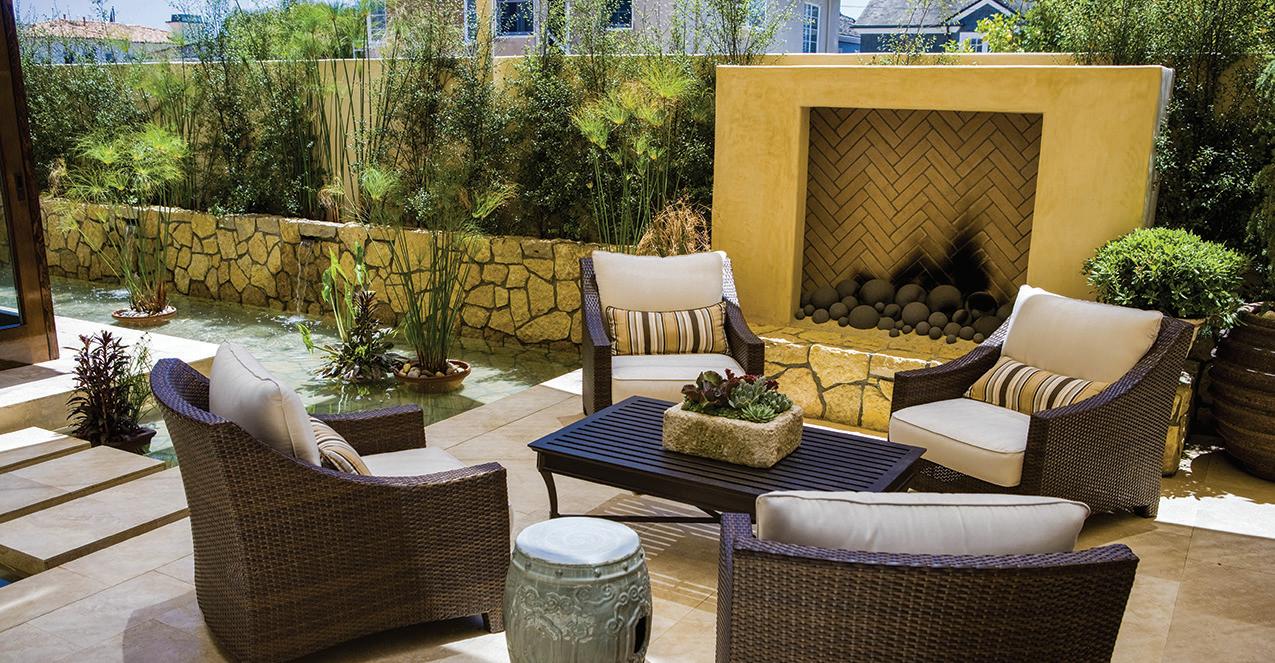



By METRO CREATIVE
Elemental features in a backyard living space can elevate a property to an exciting new level. Many homeowners already have water features that create a tranquil ambiance, and enhancing such spaces with fire can make them even more alluring.
Fire features add warmth to a yard and flickering flames can be mesmerizing to watch. Fire features also create intimate areas around which to gather, something that can make a large yard much more cozy. There’s bound to be a design or a fire option that meets the needs of most homeowners. The following are some fire features homeowners may want to incorporate into their outdoor living designs.
Homeowners who enjoy a rustic look may want to consider a chiminea. This element has a cylindrical or bulbous body with a front opening into which wood or another fuel is placed. Traditionally they are made from terracotta, but they also come in cast iron, aluminum and steel. Metal options are among the most durable, according to The Family Handyman. The tall chimney on the chiminea directs smoke upwards, keeping it away from homeowners and their guests.
Traditional fire pits can be made from different materials. Freestanding units may be metal, but stationary fire pits can be built from stone, brick or even pavers. These fire pits are available at various price points.
Beautiful Blooms Landscaping says homeowners may want to think about a gas fire pit, which is less hands-on than wood-burning offerings. These structures use either propane or natural gas to create a flame and heat without the need for wood. They are cleaner and more convenient, too.
A double wall design in smokeless fire pits creates a burst of hot air over the fire to reduce smoke output, says HGTV. Even though they’re powered by wood logs, smokeless fire pits won’t cause the campfire smell that sticks to clothes and hair.
These fire features double as pieces of art. They are gas-powered and often turn on at the flick of a switch. A fire table may have a column of flames in the middle of a traditional patio table, contributing to an amazing ambiance at night. Fire tables are more decorative than functional in terms of heat output.
Whether wood-burning or gas, outdoor fireplaces are focal points for any yard. They create perfect settings for gatherings, and the relaxing atmosphere that ensues may have people spending hours gazing at the flames. Outdoor fireplaces are labor-intensive to create, so they will feature the highest price tag of any backyard fire elements.
Outfitting an outdoor living area with a fire feature is a great way to create emore excitement in the space.

















By METRO CREATIVE
Renovations around the house require an investment of time and often considerable amounts of money. Findings from the 2024 U.S. Houzz & Home Study show that home renovations are becoming more expensive. The median renovation spending for homeowners has gone up 60 percent since 2020. Angi, a home services website, reports the average renovation cost for homes between 1,250 and 1,600 square feet is $51,772, but the final cost of home renovations depends on the scope of the project.
Homeowners who are conserving funds can rest assured that it is possible to make meaningful changes both inside and outside a home without breaking the bank. Here are some ways to renovate a home on a budget.
• Create a budget and don’t waver. Figure out exactly what you can afford for a renovation and then make that your maximum dollars spent. Research comparable projects in your area and be honest about whether you can afford the renovation as-is or if you must adapt ideas to fit your price. Make sure to build in a cushion of around 15% to 20% for any unforeseen expenses that may arise once a renovation is underway.
• Maximize an existing floor plan. This Old House suggests looking for ways to maximize your current layout before you invest in major renovations like an expansion. Bring in a designer with an eye for utilizing space. For example, see how you might be able to replace shelves with pull-out drawers in the kitchen. Moving furniture around or rethinking floor plans also can help to lower costs.
• Balance DIY with hiring contractors. You can save money by tackling some projects yourself, but only if you are confident in your renovation skills. Rather than risk making costly mistakes and having to redo things, hire well-vetted professionals but ask if there’s any DIY work you can do to cut costs.
• Check clearance and resale stores. Shop discount stores for building materials to save money. For example, if a builder ordered too many cabinets they may offer them to Habitat for Humanity ReStores, which are nonprofit home improvement stores and donation centers. Checking the clearance and markdown sections of other stores may yield considerable savings on items needed for a renovation. Warehouse retailers like Costco or Sam’s Club also can be great places to find certain home
improvement materials and furnishings.
• Take advantage of free services. Certain stores may offer things like free consultations with designers who can show you what a renovation can look like. This is advantageous to the stores because once you see the potential you’re more likely to buy the products, even if it’s not mandatory.
• Resurface instead of redo. Certain items can be made to look new with minimal effort. Paint is a relatively inexpensive tool that can transform walls and more. A good hardwood flooring company can buff out a floor and put a new coating instead of an entirely new floor. Kitchen cabinets can be resurfaced instead of replaced as well. Finding ways to perform home renovations on a budget may require some creative thinking, but it’s possible to get results at the right price point.

By METRO CREATIVE
Homeowners know that the work of maintaining a home is never done. Cleaning is a daily task associated with homeownership, and such sessions can reveal more than dust buildup or dirty walls and surfaces.
When cleaning a home, homeowners can pull double duty and look for potentially hazardous situations. For example, vacuuming and dusting sessions can present a great opportunity to spot electrical hazards that might otherwise go unseen. With that in mind, homeowners can keep an eye out for these four signs of potential electrical hazards when working around the house.
1. Tingling when touching an electrical appliance: The National Fire Protection Association advises homeowners to call a qualified electrician immediately if they experience a tingling feeling when touching an electrical appliance. The Electrical Safety Office notes experiencing a tingle or the feeling of being shocked is not normal. Homeowners who experience such a feeling should avoid the location and warn others in the home to do the same.
2. Wall outlets that look or feel unusual: Wall outlets do not garner much attention, as many are low enough to be out of sight or even behind furniture. So a cleaning session might be the only time homeowners will notice issues with wall outlets. The NFPA notes discolored outlets or outlets that feel warm to the touch is a sign of an electrical problem. Various issues can cause outlets to look or feel unusual. An outlet could be short-circuiting or wires could be dam-

aged, and each issue merits the attention of a qualified electrician.
3. Foul odors: An odor that calls to mind burning rubber is another indicator of an electrical problem. Various electrical experts indicate such odors can be indicative of damaged wiring, an overloaded circuit or loose connections, each of which poses a significant safety hazard. The NFPA urges homeowners to contact a qualified electrician immediately if they sense a smell of burning rubber in their homes.
4. Flickering lights: Homeowners won’t need to wait until cleaning sessions to notice flickering lights. Such flickering is hard to miss regardless of what residents are doing inside a home. Sometimes lights flicker because of a loose bulb, so homeowners who notice flickering should first turn off the light, let the bulb cool down if need be and then check to make sure it isn’t loose. If the bulb isn’t loose, then lights could be flickering for a multitude of reasons. A loose connection can cause flickering, as can an overloaded circuit. Homeowners also may not realize that not all bulbs and dimmer switches are designed to work together. For example, modern LED light bulbs often require the installation of specific dimmer switches or the lights won’t operate properly. Flickering can result if these products are not compatible. If a home is old, then flickering lights could be due to old wiring that needs to be replaced.
Daily and weekly cleaning sessions can be a good time for homeowners to perform a quick audit of electrical outlets and lights to ensure everything is safe and working properly.







By METRO CREATIVE
Buying a home is the most expensive purchase many people make in their lifetime. Some people do it only once, while others are in the market with greater frequency. In any instance when the home buying process involves securing a mortgage, buyers can benefit from knowing a thing or two about mortage interest rates.
A mortgage interest rate can help buyers determine if a given home is affordable or beyond their budget. Rocket Mortgage says mortgage interest rates can have a major impact on long-term costs, so it is imperative to seek the lowest rates possible. However, an assortment of economic variables affect mortgage interest rates, and conditions unique to each buyer also can affect the rate they’re eligible to obtain. Understanding home loan rates can help potential buyers better navigate the complex process of buying a home.
When a person buys a home with a mortgage, he or she doesn’t just pay back the amount borrowed, which is called the principal. The loan also requires paying interest, which is essentially the cost of borrowing money. Mortgage interest is calculated as a percentage of the remaining principal, says Investopedia.
How are mortgage rates set?
Mortgage rates are not determined by a single variable. They are derived from a combination of factors that includes the Federal Reserve’s monetary policy, economic conditions and a borrower’s personal financial situation. The Federal Reserve (in the United States) influences the overall rates by adjusting the federal funds rate, or the rate at which banks lend to each other overnight. This not only impacts mortgage rates, but also additional interest rates, according to Fannie Mae. Lenders will ultimately decide on the specific rates to offer borrowers.
Lenders will conduct a thorough assessment of a potential borrower’s creditworthiness. They will look at, among other things, a borrower’s credit score and debt-to-income ratio.

A higher credit score typically results in a lower interest rate. A lower DTI indicates a lower risk to the lender, also potentially resulting in a lower interest rate. Squaring away finances well in advance of applying for a mortgage can help homebuyers secure lower interest rates that could save them considerable sums of money over the life of their mortgages.
How do loan types affect mortgage interest?
A homebuyer will pay interest no matter the mortgage type, but there are
options to select a fixed or adjustable interest rate, or even interest-only mortgages.
According to Bankrate, with a fixed-rate mortgage, the interest rate remains the same throughout the life of the loan, meaning the payment for principal and interest will remain consistent. Additional charges that are wrapped into mortgage payments could change, however. Property taxes and homeowners’ insurance charges could increase, for example. Fixed rates tend to be lower when the term of the mortgage is shorter. So borrowers can opt for a 20-year mortgage
over a 30-year to save some money on interest.
An adjustable-rate mortgage (ARM) will see the interest rate change during the repayment period. It may start with a low introductory rate for the first several years of the loan, but then can go up or down depending on market indexes and benchmarks. Many lenders put a cap on how high the interest rate can go, however.
Various factors determine mortgage interest rates for homebuyers, including market conditions, credit standing, federal rates, the type of loan, and term length.
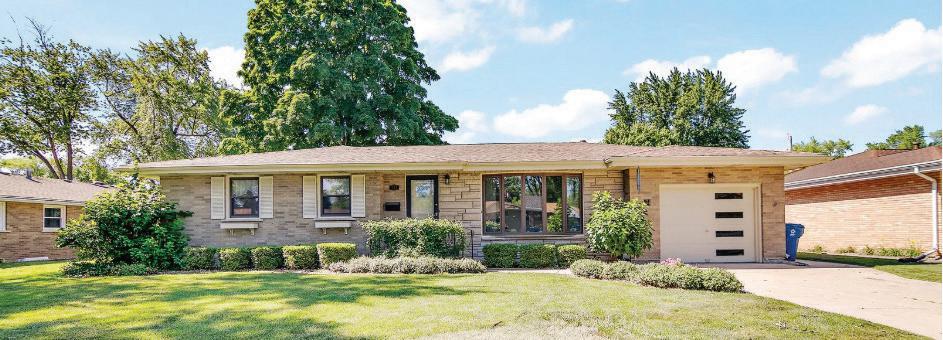
• Well-maintained and full of charm, this 4 bed, 2 bath brick ranch in Bradley is a must-see!
• With great curb appeal, mature landscaping, and colorful perennials, this home welcomes you into a spacious living room with a large picture window that flows seamlessly into the dining area and kitchen. The kitchen offers plenty of cabinet storage, Corian countertops, a cooktop, and double oven-perfect for home cooking and entertaining.
• The main level features three bedrooms, all with cedar-lined closets, and a full bath with custom cabinetry and tub/shower.
• Hardwood floors are believed to be under the carpeting.
• Enjoy year-round views of the fenced backyard from the bright and inviting sunroom. The attached heated one-car garage is extra deep for additional storage.
• Finished basement adds fantastic living space with a large family room, built-in bookshelves and cabinets, a bar area, the fourth bedroom, a second full bath, and a laundry room with utility sink and extra storage. There’s even a workshop with access to the mechanicals.
• This is a solid, lovingly cared-for home-don’t miss your opportunity!
• MLS# 12408578




• Lovely updated 3 bedroom, 2 bath home.
• Nice open kitchen with breakfast bar and table space.
• Pantry. Laundry room has great storage.
• Patio. Fire pit. Freshly painted deck.
• Beautiful yard is an outdoor paradise. Flowers galore.
• Unique bridge and trail out back.
• Not in the Flood Zone.
• MLS#12408168
207 Wilson Dr., Watseka | $219,900

815-939-1255


• Beautifully Remodeled Home Near Trails, Parks, and More! Bradley schools, police and fire.
• Completely remodeled in 2016 with high-quality craftsmanship, this move-in ready home features updated mechanicals including the furnace, air conditioner, roof and water heater, as well as all vinyl replacement windows for energy efficiency and comfort.
• A charming front patio welcomes you to this exceptionally clean and well-maintained home. Inside, you’ll find gleaming hardwood floors in the living room and a stunning kitchen complete with rich wood cabinetry, granite countertops, a matching backsplash, and stainless steel appliances. All kitchen appliances stay, and the washer and dryer are included too.
• The main level offers two comfortable bedrooms and two full bathrooms, along with a freshly painted, superclean basement that’s ready for storage, hobbies, or future finishing.
• Enjoy outdoor living with three patios-one in the front, one just off the home in the backyard and another covered patio attached to the spacious 1.5-car detached garage.
• Located close to shopping, dining, and everyday conveniences, this property offers the best of both nature and neighborhood.
• Agent owned.
• MLS#12407848


• Custom Ranch Home featuring 3 bedrooms, 3 full bathrooms, a full finished basement & 4 car heated garage!
• Open concept living room-dining room-kitchen with gorgeous vaulted ceilings.
• Master bedroom boasts a HUGE attached bath with double sinks, separate shower & tub and walk in closet.
• Full finished basement features beautiful custom built-ins. Perfect spot for your own bar and/or secondkitchen/dining room, a large rec room, full bathroom!
• 4 CAR GARAGE and overhead door leading to the backyard also featuring a shed (10x12) with electric and whole house generator. HVAC approx 2yrs. Roof approx 10-12yrs.
• MLS #12360210
834 White Tail Bend, Manteno, IL | $425,000

815-386-4930

By METRO CREATIVE
Homeownership is often characterized as a fulfillment of a dream. Indeed, many homeowners feel their ability to buy a home is a reflection of their discipline and commitment to saving money. That discipline and dedication can set homeowners up for long-term financial health, providing a unique sense of security along the way.
First-time homebuyers may not know what to expect upon buying a home, and since each home is unique, it’s impossible for even long-time homeowners to say with certainty exactly how things will unfold once those new to home ownership get the keys to their first house. Various expenses might be the only common variable when it comes to homeownership, and some of those expenses may surprise first-time buyers. With that in mind, the following are some expenses first-time buyers can expect once their offers are accepted.
• Down payment: Conventional wisdom long suggested homebuyers should submit a down payment of at least 20% of the overall purchase price upon buying a home. Buyers who want to follow that advice would need a down payment of $80,000 when buying a $400,000 home. But many homebuyers now submit down payments considerably less than 20%, particularly in the modern real estate market, which is characterized by high prices and low inventory. The lower the down payment, the higher your monthly mortgage payment will be, so it’s best to save as much as possible toward a down payment.
• Primary mortgage insurance (PMI): Buyers who cannot come up with a down payment of 20% or more will have to pay for primary mortgage insurance, which is typically a set fee that is incorporated into the mortgage payment each month. PMI fees are typically waived once the balance on the mortgage reaches 79% or less of the purchase price, though some lenders may waive PMI prior to that if the value of the home increases considerably before the loan balance reaches the predetermined marker.
• Closing costs: The amount of closing costs varies widely depending on a

host of variables, but Bankrate.com notes it’s not uncommon for these costs to come in at somewhere between 2% and 5% of the loan principal. Closing costs must be paid no later than when the sale becomes official and buyers sign on the (many) dotted lines. Application and credit fees, title fees, underwriting fees, appraisal fees, and transfer tax are among the various fees that fall under the umbrella of closing costs.
• Moving: It’s also important that first-time homebuyers budget for moving costs. Moving costs vary and may depend on how much buyers already own and how far they’re moving. The home renovation experts at Angi estimate that local moves typically cost somewhere between $883 and $2,568, while long-distance moves may run buyers anywhere from $2,700 to $10,000 or more.
These costs are some of the upfront fees aspiring homeowners can expect when buying a home. Long-term costs, including homeowners’ insurance (which is separate from PMI), property taxes, homeowners’ association fees, and maintenance are some additional expenses buyers can plan for as they try to determine their home buying budgets.

Riverside Medical Group has grown to over 90 providers strong — the region’s premier physicians, both primary care providers and specialists, working together to care for your family when and where you need it most.
Working together to put Well Within Reach.










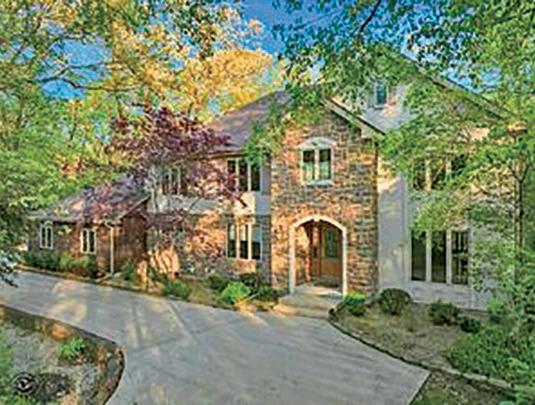

























































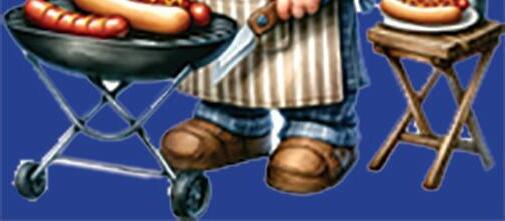








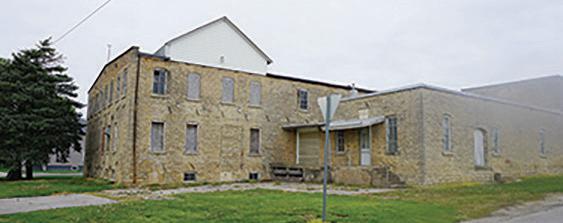




THURSDAY, AUGUST 7TH







